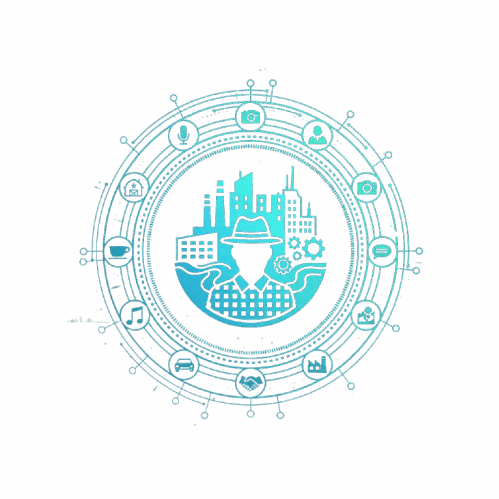The Rust Belt is more than an industrial region — it’s a place where history, struggle, resilience, and creativity come together to form a cultural identity unlike anywhere else. From Detroit’s music roots to Cleveland’s culinary shifts, Rust Belt cities are rewriting their story with a fresh mix of grit and charm. This vibe is what people now call Rust Belt Chic — a celebration of old factories, hardworking communities, and urban revival.
Walking through a typical Rust Belt neighborhood feels like flipping through a living history book. Empty warehouses sit beside renovated art studios 🎨, vintage brick buildings now host modern cafés ☕, and old steel mills become local museums that honor blue-collar legacy. The contrast is striking — industrial scars blending with new energy.
What makes Rust Belt culture so special is its honesty. There’s no pretending, no sugar coating. People here know struggle, economic shifts, and decades of change — but they also know pride. Families who worked in factories pass down stories of perseverance. Local traditions continue even when industries fade. There’s power in that authenticity.
Today, younger generations are returning to Rust Belt cities with a different mission: creativity. Artists, entrepreneurs, and remote workers see potential in the old bones of the city. Affordable housing, community-driven projects, and a strong local identity create fertile ground for innovation. 🧑🎤✨
Rust Belt Chic isn’t just an aesthetic — it’s emotional. It reflects how cities recover, how people rebuild, and how communities rise together. The Midwest’s beauty is subtle but deep, shining through storytelling, food, music, and architecture.
In a world obsessed with shiny new things, the Rust Belt offers something refreshing: tradition, grit, and rebirth.
